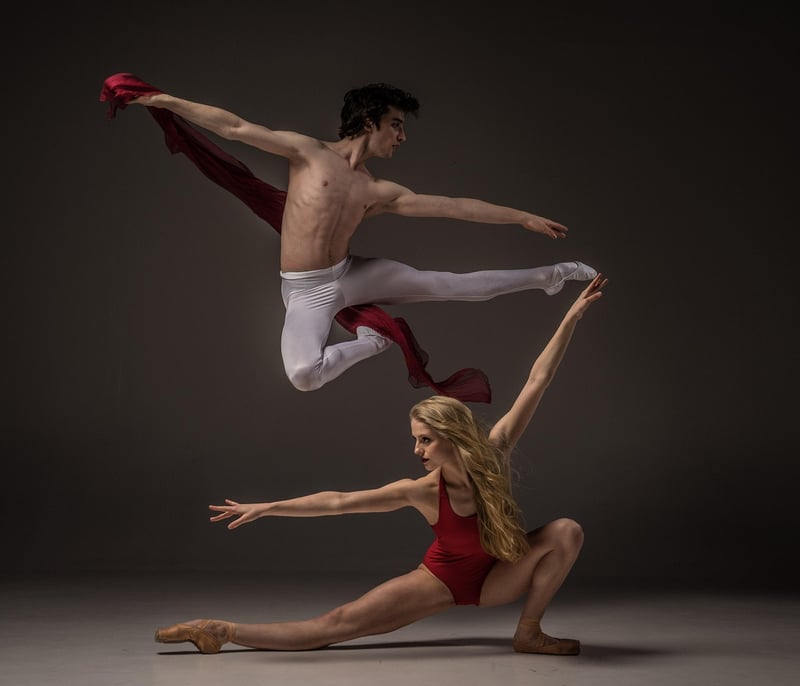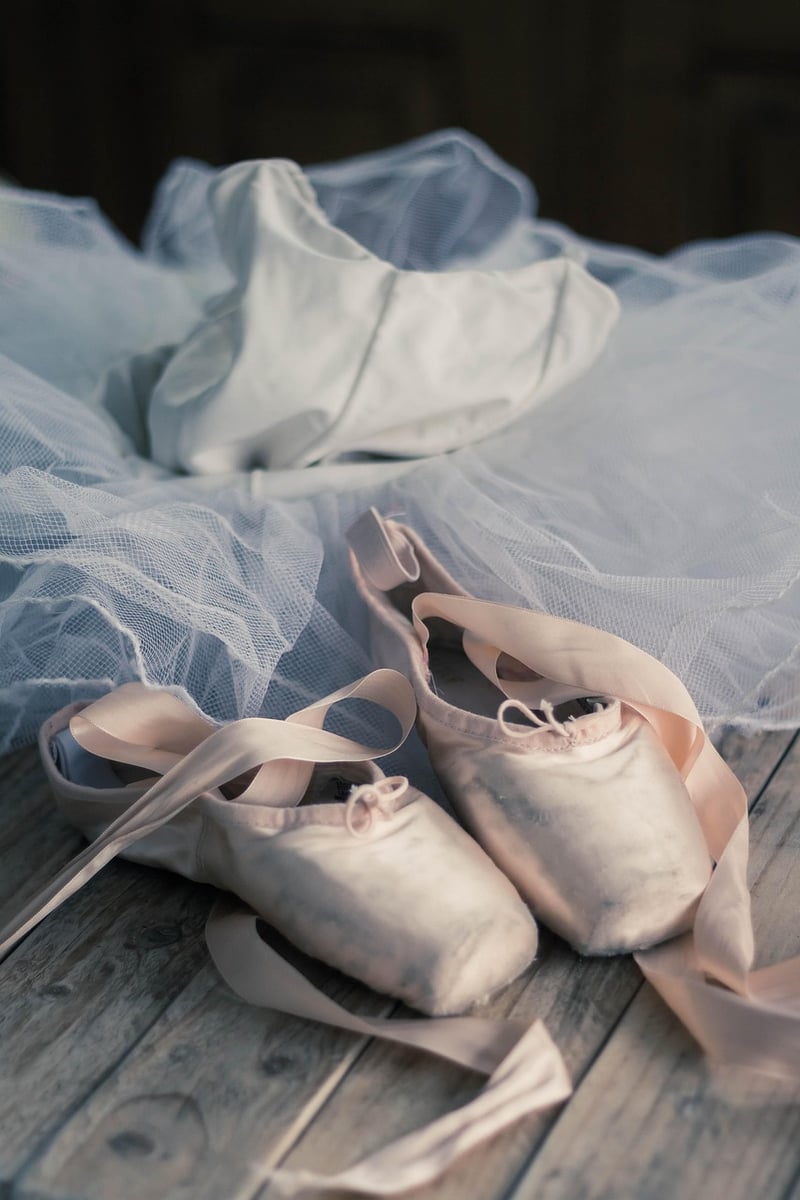Ballet
Expressive Movement and Rhythm in Ballet
Ballet, with its graceful movements and expressive storytelling, is a dance form that beautifully combines the elements of expressive movement and rhythm. This art form not only requires technical precision but also demands a deep understanding of how movement and rhythm work together to convey emotions and narratives.
The Importance of Expressive Movement
Expressive movement in ballet goes beyond just executing steps correctly. Dancers use their bodies to communicate feelings, ideas, and stories to the audience. Every movement, from a simple tendu to a grand jeté, is an opportunity to express a wide range of emotions, from joy and love to sadness and despair.
The Role of Rhythm
Rhythm is the heartbeat of ballet. It provides the structure and timing that dancers need to synchronize their movements with the music. The ability to interpret and dance to different rhythms is essential for a ballet dancer, as it adds depth and dimension to their performance.
Bringing it Together
When expressive movement and rhythm come together in ballet, magic happens on stage. Dancers not only move in harmony with the music but also use their bodies to create visual poetry that captivates the audience. The combination of fluid movements, precise timing, and emotional expression is what makes ballet such a captivating art form.
Discover the Beauty of Ballet
If you're inspired by the art of ballet and want to explore the world of expressive movement and rhythm, consider taking a ballet class or attending a performance. Watching professional ballet dancers in action is a mesmerizing experience that can deepen your appreciation for the art form.

Embrace the beauty of expressive movement and rhythm in ballet and let yourself be swept away by the elegance and grace of this timeless dance form.
Experience the magic of ballet today!
